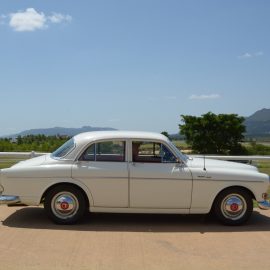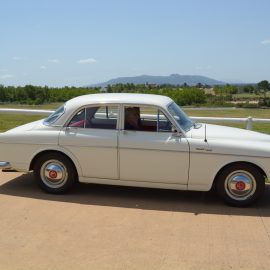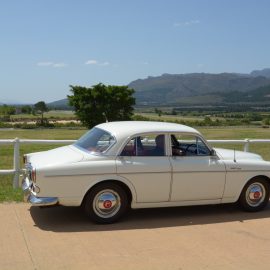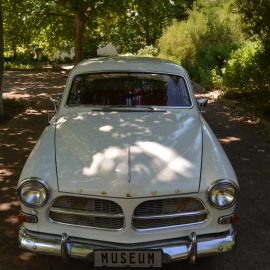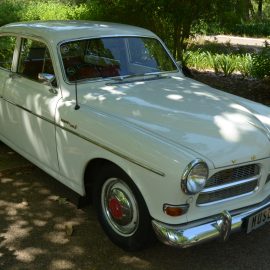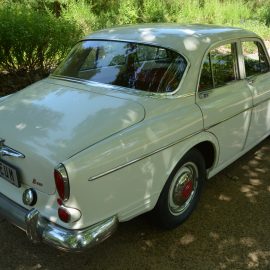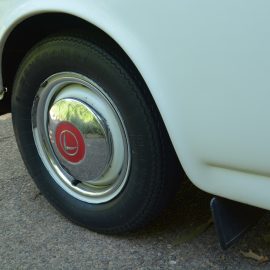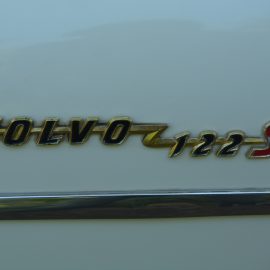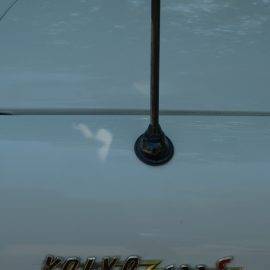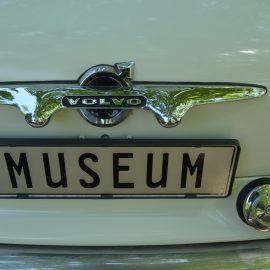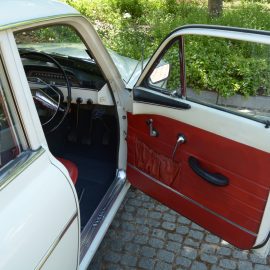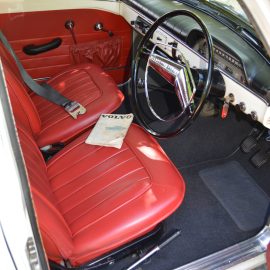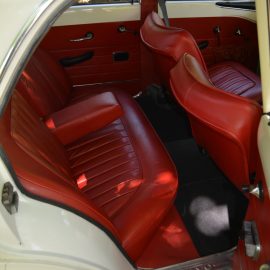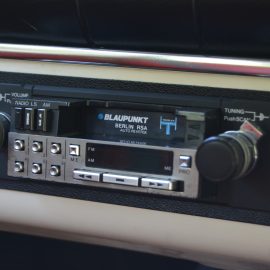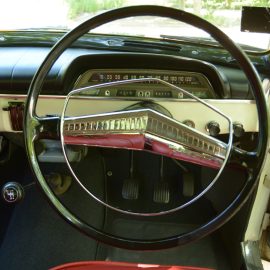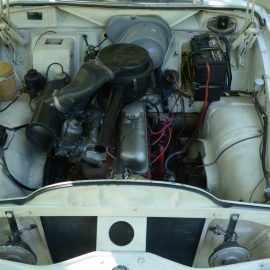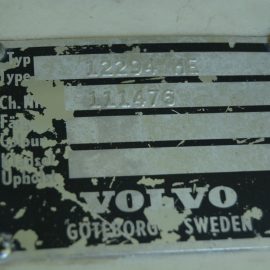
29 Nov Anniversary Celebration: Volvo 122S 1963
Volvo is synonymous with vehicle safety. The company has been developing this trend for the last seven decades, and the Amazon/120 series introduced safety belts into the motoring world. Mike Monk goes to the Amason…
The Volvo 120 Series was manufactured by Volvo Cars from 1956 to 1970. When introduced, the car was named the Amason (with an ‘s’), named after the fierce female warriors of Greek mythology, the Amazons. German motorcycle manufacturer Kreidler had already registered the name, and the two companies agreed that Volvo could only use the name domestically, modifying the spelling to Amazon. However, later on, Volvo began its tri-digit nomenclature discipline and the model became known as the 120 Series. The base model was designated the 121, and in 1958 the 122S introduced in 1958 as a performance model.
The Amazon/120 was originally manufactured at Volvo’s Lundby plant in Gothenburg, and subsequently at the company’s Torslandaverken plant, which began operating in 1964. The model shared the wheelbase of its predecessor, but now boasted ‘ponton’ bodywork. Ponton styling is an automotive design genre that spanned from the 1930s to the 1960s. It denotes the configuration of post-war European cars when the bodywork enclosed the full width and uninterrupted length of a car body, eliminating previously distinct running boards and articulated fenders. Designed by Jan Wilsgaard, the styling featured distinctive ‘shoulders’ front to rear, and a faint suggestion of a tail-fin. The bodywork was constructed of phosphate-treated steel to improve paint adhesion, and with heavy use of undercoating and anti-corrosive oil treatment.
And, not surprisingly, the Amazon/120 benefitted from Volvo’s well-known industry pioneering adoption of safety features when, in 1959, front seat belts were fitted as standard equipment – the first manufacturer to do so – and later becoming the first car featuring three-point seat belts as standard equipment.
The engine of FMM’s 1963 122S is a B18 1 782 cc twin-carb, overhead-valve, inline four-cylinder that delivered 67 kW at 5 000 r/min and 140 N.m of torque at 3 500. Gearbox is a four-speed all-synchro with a floor-mounted shift lever. Top speed is 153 km/h. Fuel consumption is around 10 litres/100km: in South Africa in 1962, this model achieved two class wins in the Mobilgas Economy Run. Coil-spring independent front suspension with a stabiliser bar is used, while the rear axle set-up is by torque rods and coil springs. Disc brakes are fitted up front.
Despite its 60 years, the 122S is still in excellent condition. Recently refreshed by the workshop team, the car looks and feels sturdy and capable. It’s not flashy in any way, rather appearing as an almost timeless strong and capable three-box saloon.
Looking inside, its bright red upholstery contrasts with the white bodywork. The dashboard layout and steering wheel appearance give its age away, but as a comfortable four-seater saloon the interior lacks for nothing. There is a foldaway armrest in the rear bench seat, but the central seating position is, typically, compromised for comfort.
With its revitalised engine (see Spanner Works in the October newsletter), the Volvo fires up with a healthy-sounding exhaust. And once on the move, the 122S pulls strongly, the gear shift being easy to operate. The ride is comfortable and the steering is reasonably weighted, which adds to the car’s appeal. Such is the car’s all-round competence that, back in its day, a number of 122S models were successfully raced, so as a road car it provides a sprightly and safe driving experience. I certainly felt ‘at home’ straight away.
By the end of production, 234 653 four-door models, 359 917 two-door and 73 220 station wagons had been produced, of which 60% were exported for a total of 667 770 vehicles.




